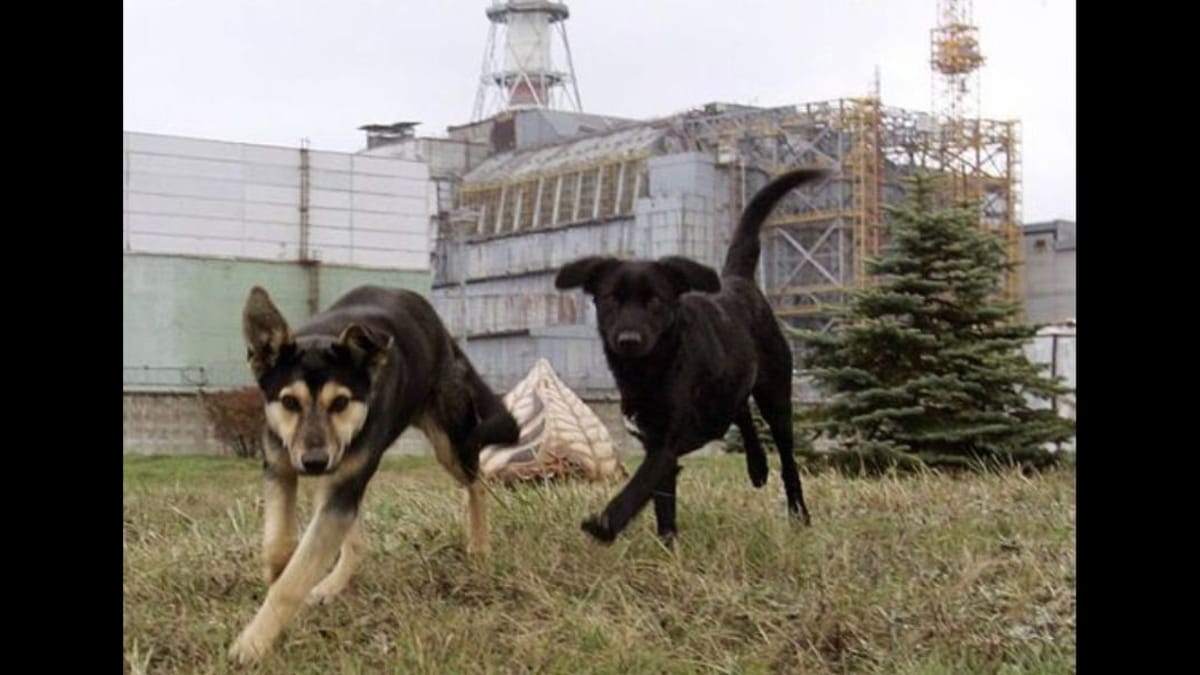The largest nuclear disaster ever occurred in April 1986 in Pryp’jat’, not far from Chernobyl, in Ukraine.
As a result, the radioactive clouds reached a large part of Europe and over 300,000 people were forced to evacuate the contaminated cities.
Unfortunately, many were unable to bring their pets with them, which remained on site. But what happened to Chernobyl’s radioactive dogs and local wildlife?
Radioactive dogs of Chernobyl: conditions today
Although the Ukrainian Interior Ministry gave the order shortly after the disaster to euthanize all stray or abandoned animals to avoid radioactive contamination, it seems that many escaped hunters enough to reconstitute numerous herds around Chernobyl.
To the surprise of conservationists and researchers, both wild animals and domestic dogs roam free they thrived in the disaster area of about 1,600 km².
Until now, the effect of radiation had only been studied on mice, but none had ever been conducted genetic study on large mammals.
These animals could teach us something, which is why, after working extensively on the genetics and distribution of stray dogs in and around Chernobyl, researchers at the National Institutes of Health and the University of South Carolina have published their first findings in the March 3 edition of Science Advances.
Thriving for decades under extreme radiation, Chernobyl’s radioactive animals and dogs have become a unique experiment in life on the edge: what it means to live and reproduce in one of the most hostile environments imaginable.
Why study the radioactive animals of Chernobyl?
Studying animals living in radiation-contaminated areas could give us valuable information about i long-term damage humans suffer from working in similar environments.
It might even reveal the ways in which these animals they adaptedselecting over the generations the genes that confer resistance to radiation and other stress factors (such as cold or food shortages).
In the future, scientists could use that genetic information to build therapies or protective devices who mimic those adaptations, for example helping workers in nuclear power plants, or even protecting astronauts on space missions.
“It’s nuclear armageddon, sort of Orwellian in many ways,” said Tim Mousseau, a biologist at the University of South Carolina and one of the paper’s senior authors. Science Advances -. But it’s actually extremely useful for us.”
Tim Mousseau studies the effects of radioactive exposures on animals living in the area since 1999, but mostly through smaller creatures.
Then, realizing that by taking blood and DNA from dogs he was gathering valuable information, he decided to investigate further.
We therefore eagerly await the results of the genetic analyses.
Read also: Lucas Hixson: A Life Dedicated to the Dogs of Chernobyl

